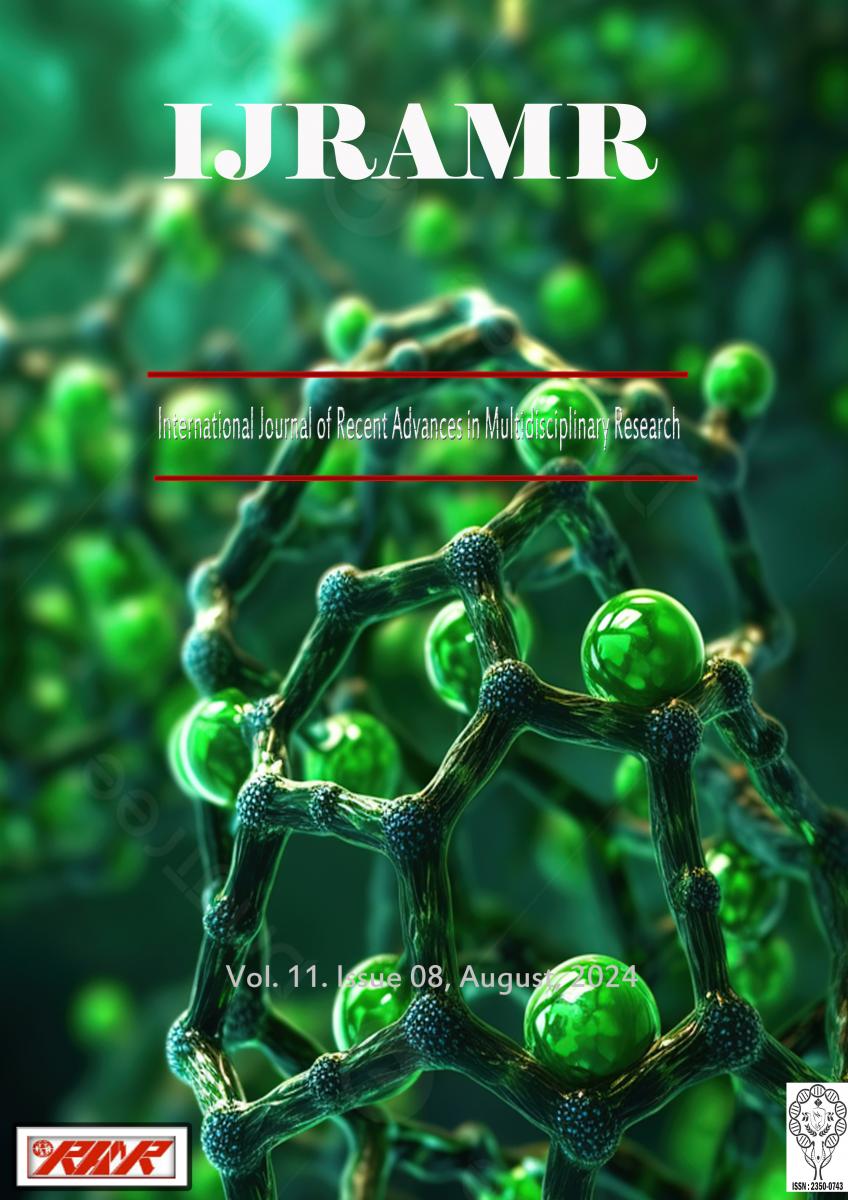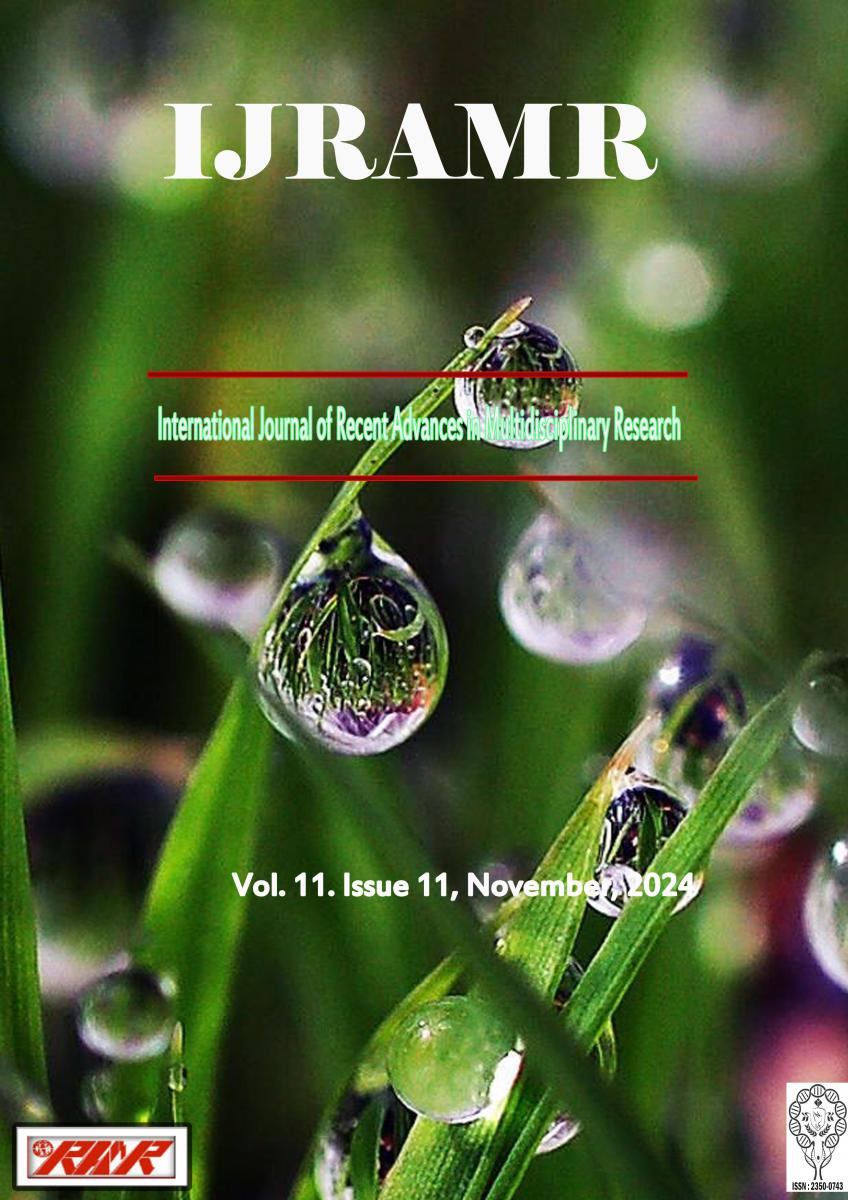This paper addresses some myths and misconceptions surrounding what may have been the most feared disease of the last century—poliomyelitis. After lying dormant for thousands of years, polio suddenly assumed epidemic proportions early in the 20th century, consigning thousands to life in iron lungs—particularly in more well-to-do countries in Scandinavia, Europe and North America. Nor did Britain and Australia escape. In response to the threat, Salk (in 1955), and Sabin (in 1962) introduced their respective vaccines, and by the mid 1970s, polio, somewhat miraculously, and completely unexpectedly, disappeared from the developed world. Nathanson, writing in the American Journal of Epidemiology avers, “Beginning in 1955, the creation of poliovirus vaccines led to a stepwise reduction in poliomyelitis, culminating in the unpredicted elimination of wild polioviruses in the United States by 1972.” (Nathanson, 2010 ) (pp 1213 – 1229) (emphasis ours). Nathanson’s assertion was elaborated further by Mawdsley, in The Lancet in 2014 Just as anxiety surrounding polio provocation crested, a series of related scientific discoveries fuelled its rapid decline. The introduction of the Salk vaccine in 1955 and the Sabin vaccine in 1962 ushered in an era of polio prevention, which parents and health professionals greeted with a combination of relief and enthusiasm. (Mawdsley, 2013) (emphasis ours). Mawdsley goes on to say, “Once polio vaccination programmes established herd immunity among children and adults, . . . [o] rthodox public health and surgical practices were restored.” (Mawdsley., 2014) (emphasis ours). The essence of the official story, outlined above, is now offered as a classic example of modern “scientific” medicine’s contributions to population health and well being, and as prime justification for medicine’s position of dominance in modern society. (CDC., 2018) (297—310). However, in this paper, we suggest that the story is at best an oversimplification; at worst, a gross misrepresentation of the historical and scientific facts.






